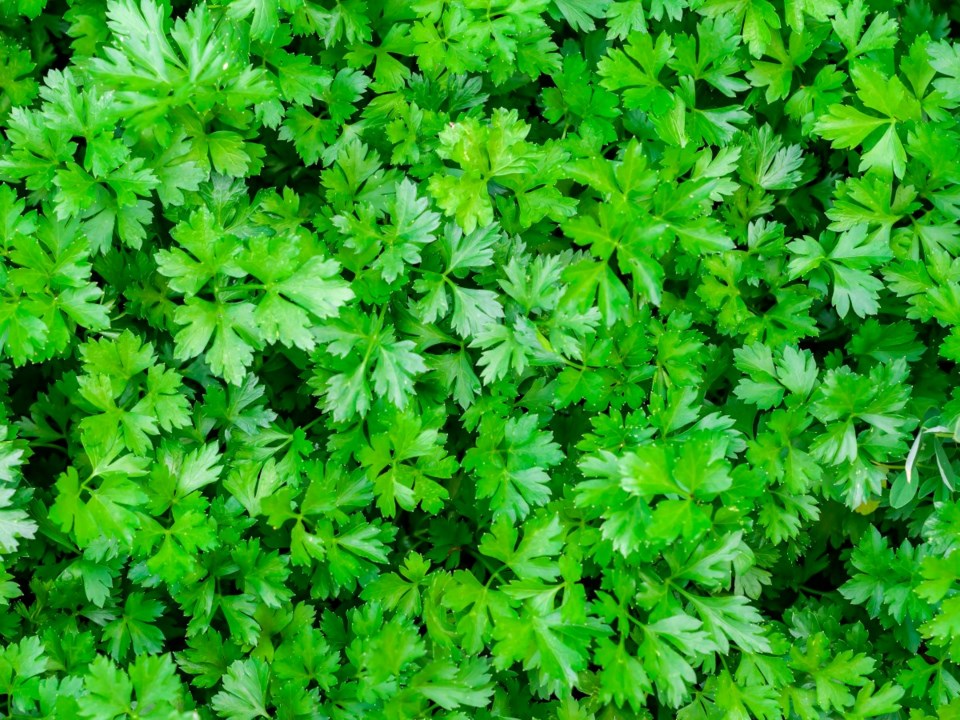Whether it is too hot or cold outside, or you just want lots of herbs to cook with at your fingertips, you can grow many herbs inside. Indoors, there are fewer insect pests or diseases to attack your plants. But not all herbs will grow inside. These seven will thrive inside with just a little care.
The Mint Family
This family of plants can be invasive, so that each herb may require separate pots. The mint family grows as a bushy plant and tolerates less water than some other herb families.
Mint
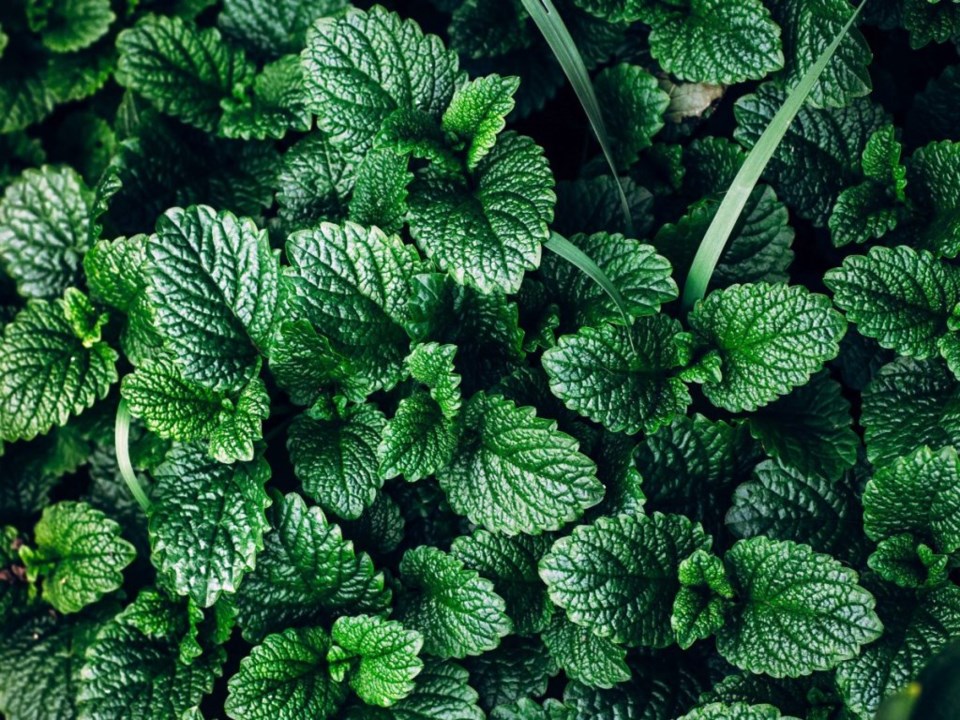
Since mint (Mentha spp) is very invasive, growing it indoors in a pot can keep it from taking over your flower bed. Mint definitely needs its own pot. It will crowd out any other herbs growing with it. There are many kinds of mint, but peppermint (Mentha piperita) and spearmint (Mentha spicata) are the most popular.
Basil
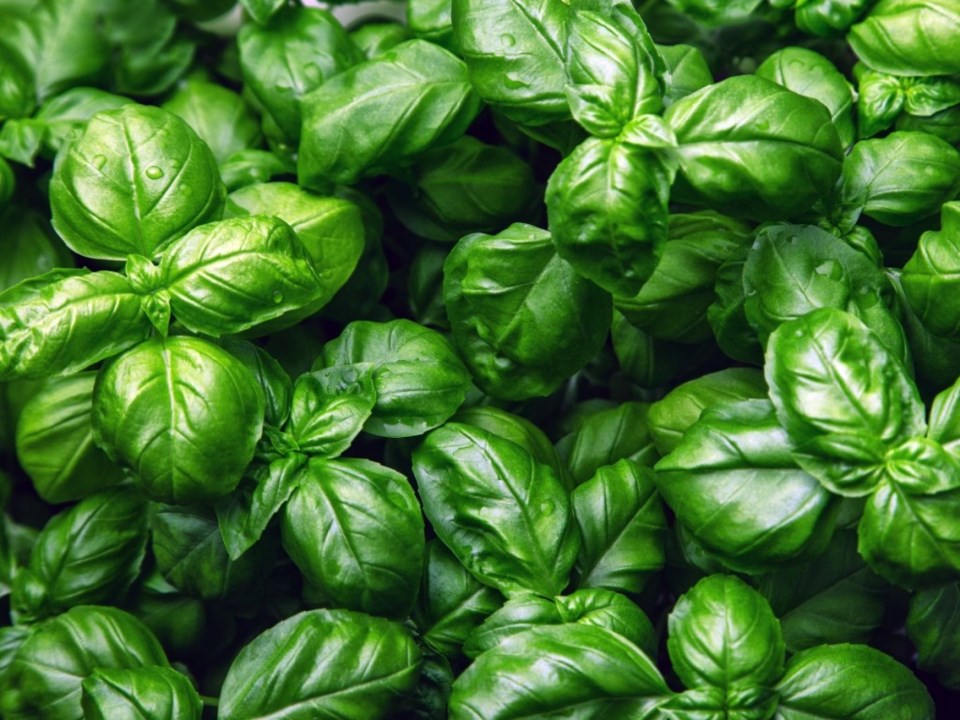
Basil comes in several flavors, but sweet basil (Ocimum basilicum) is the most popular. Basil is an annual and can get quite large if not cut back regularly. Some Thai recipes use basil seeds. Unfortunately, the leaves will lose some of their flavor when they flower. Save one plant to let go to seed and pinch the buds off the other ones.
Oregano
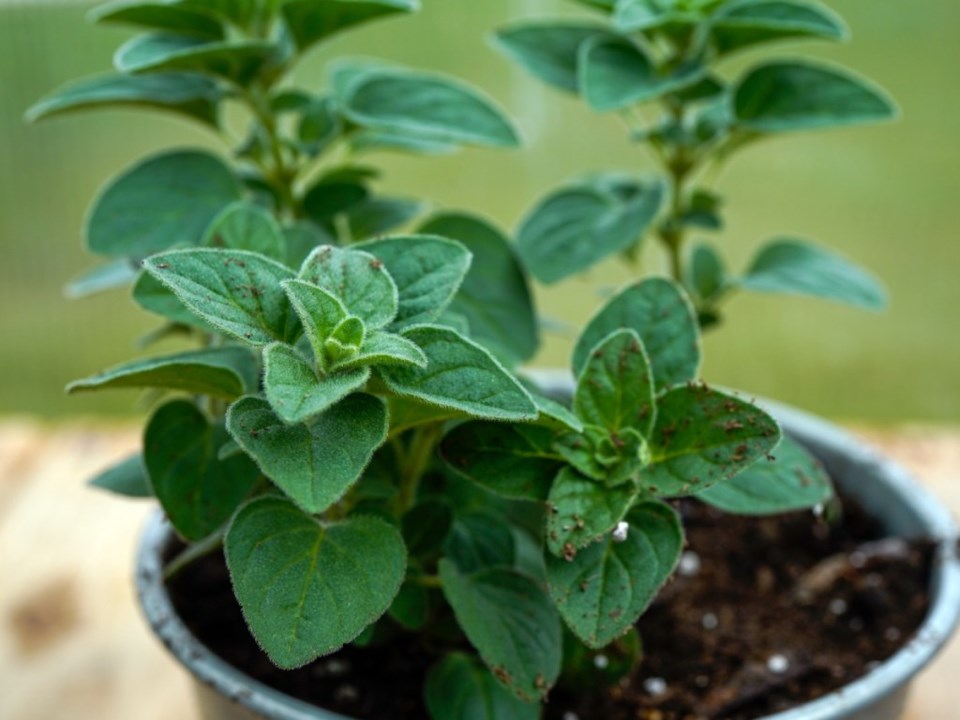
Oregano (Origanum vulgare) is used on pizza but has many uses in other dishes. It tastes best when harvested just as flower buds form. When the buds open, the flavor of the leaves suffers.
Thyme
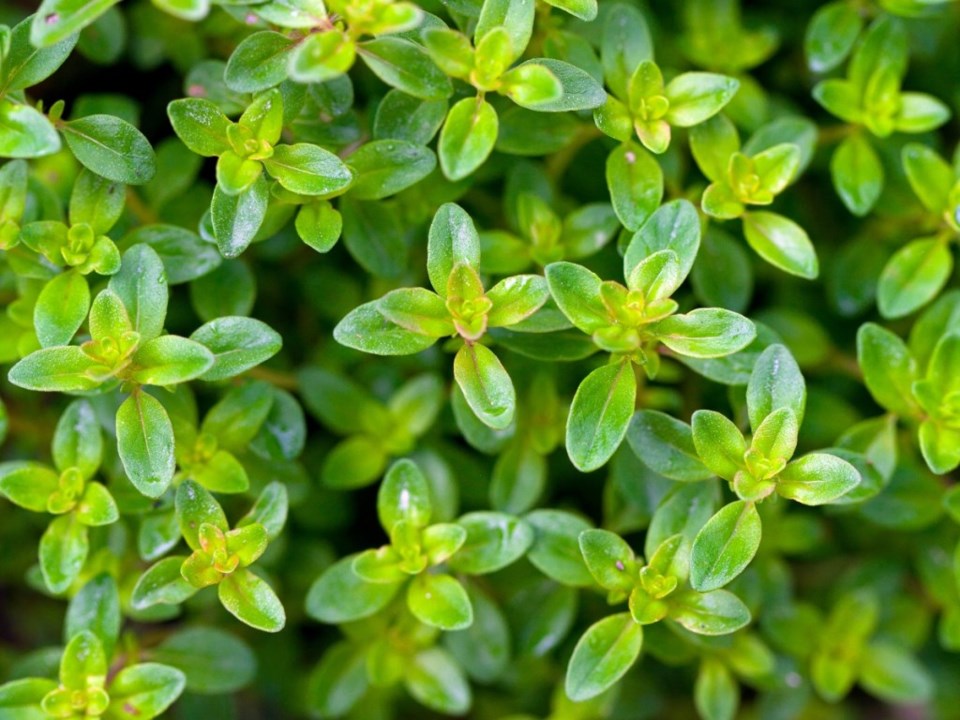
There are more than 300 types of thyme. Common thyme (Thymus vulgaris) is the one used in cooking. Common thyme is also referred to as English or garden thyme.
The Carrot Family
These plants like their soil moisture and need a deeper pot than mint and its relatives. They grow upright and can be leggy, especially if they are not getting enough light.
Parsley
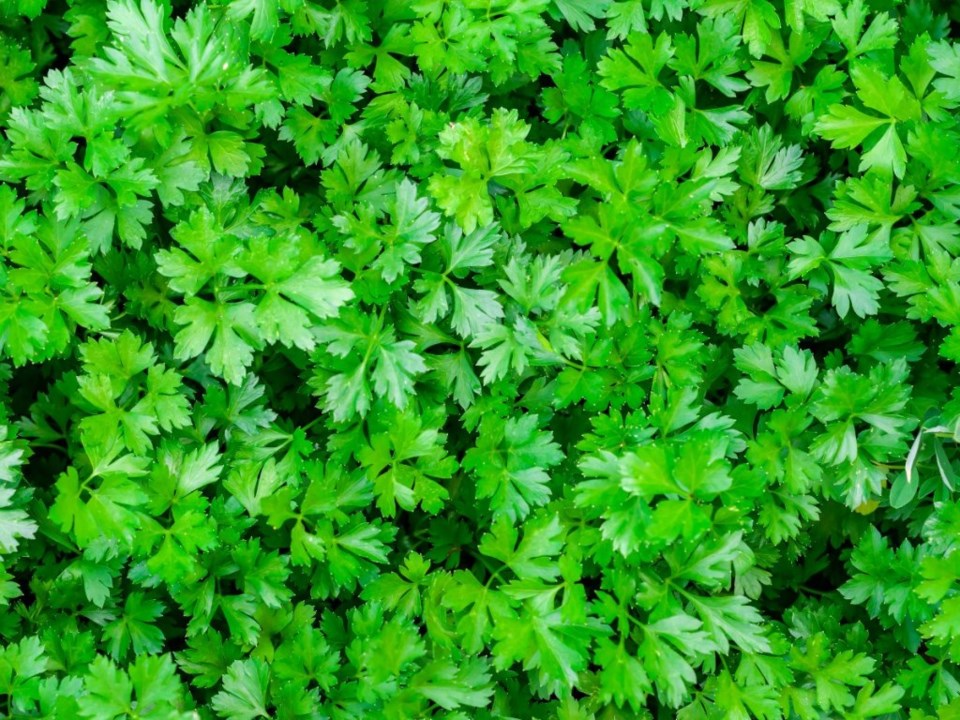
That garnish on your plate is usually curly parsley (Petroselinum crispum). You may want to eat it after all because parsley is a good source of vitamins A and C. Italian flat-leaf parsley (Petroselinum neapolitanum) is stronger tasting and sweeter than curly parsley.
Cilantro
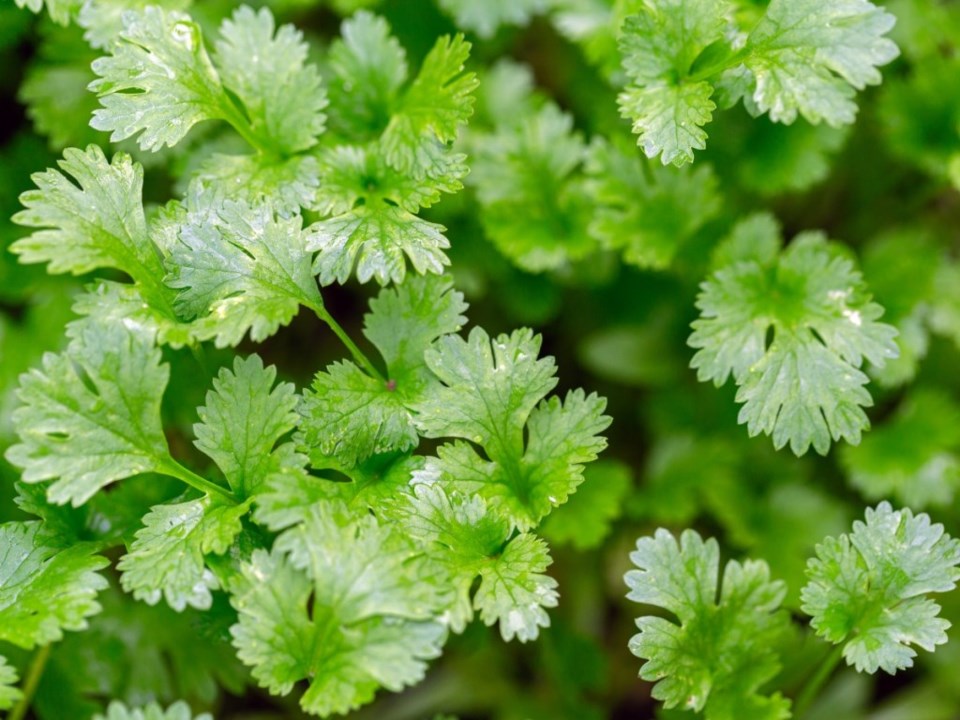
This herb (Coriandrum sativum) has two names. Cilantro refers to the foliage, while coriander refers to the seed. It is one of the oldest herbs. The seeds have been found in Egyptian tombs. Cilantro will tolerate dryer soil like a mint family plant once it is established.
The Allium Family
Chives
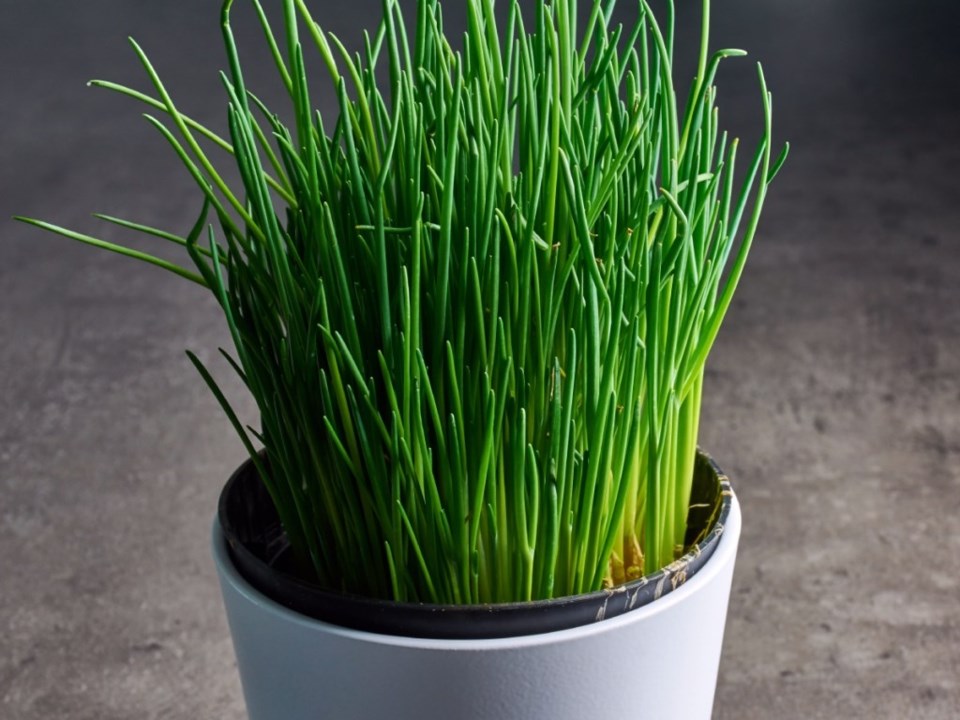
Chives (Allium schoenoprasum) are related to onions but have a less intense flavor. They spread, so one chive plant quickly becomes a clump of chives. Be sure you give them a big pot to take advantage of their spreading habit.
How To Care For Herbs
These herbs are easy to grow. Provide a few things for them, and you should be ready to harvest the leaves in no time.
- Use pots or planters at least 6 inches in diameter with drainage holes.
- These herbs need six hours of sunlight a day. If you don't have space in the sun, use a full spectrum growing light hung 6-12 inches above the plants. Leave it for 14-16 hours a day.
- Herbs are comfortable in about the same temperature range as people are, so just make sure they are not in cold or hot drafts or too close to heating vents.
- Grow the herbs in a well-draining potting mix.
- Water herbs when the top inch of the soil starts to dry out. Thyme and oregano like to dry out more than the others, so water them when the top two inches of soil dry.
- Fertilize your herbs with a half-strength solution of a water-soluble fertilizer formulated for herbs every two weeks. Too much fertilizer will give the herbs an off-taste.
- Repot the herbs when their roots grow out of the drainage holes. Spring is a good time to repot them.
- Turn your plants a quarter turn once a week to keep them from bending toward the light and getting leggy.
Harvesting Indoor Herbs
Harvest your herbs regularly to keep them healthy and concentrate their essential oils. To harvest the herbs from the mint family, cut just above a leaf or leaves with clean scissors or shears. Do not take more than one-third of the plant at a time. For parsley, cilantro, and chives, cut the stem off at the ground. Do not take more than one-third of the stems at a time.

